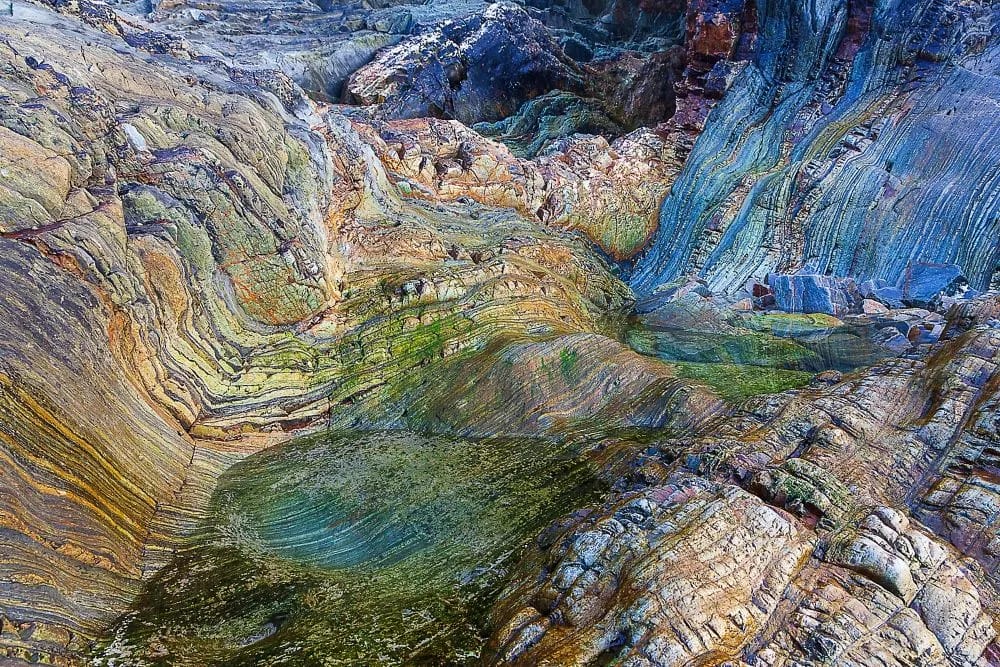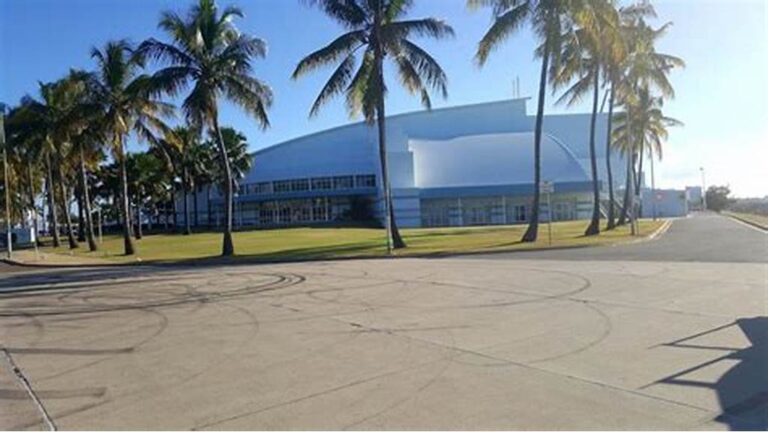In many regions around the world, the coexistence of mining and tourism industries presents both opportunities and challenges for sustainable economic growth. While mining activities can drive revenue generation and job creation, tourism relies on pristine natural environments and cultural heritage. Striking a balance between these sectors is crucial to ensure long-term prosperity while safeguarding the environment and cultural assets. In this blog, we’ll explore the intersection of mining and tourism, the potential synergies and conflicts between them, and strategies for achieving sustainable economic growth.
The Dual Impact of Mining and Tourism
Mining and tourism are significant contributors to economic development in many regions, each with its own set of benefits and drawbacks:
Mining:
- Revenue Generation: Mining operations can generate substantial revenue through the extraction and export of valuable minerals and resources.
- Job Creation: The mining industry creates employment opportunities for local communities, including both direct and indirect jobs in exploration, extraction, processing, and support services.
- Infrastructure Development: Mining projects often require the development of infrastructure such as roads, ports, and power plants, which can benefit surrounding communities and stimulate economic growth.
Tourism:
- Economic Diversification: Tourism diversifies the economy by offering alternative sources of revenue beyond traditional industries like mining and agriculture.
- Cultural Preservation: Tourism promotes the preservation of cultural heritage sites, traditions, and practices, contributing to identity preservation and community pride.
- Environmental Conservation: Sustainable tourism practices prioritize the protection of natural environments, wildlife habitats, and ecosystems, fostering environmental stewardship and biodiversity conservation.
Potential Synergies and Conflicts
While mining and tourism sectors can coexist and even complement each other in some cases, they may also compete for resources and space, leading to conflicts and challenges:
-
Environmental Impacts: Mining activities can result in environmental degradation, pollution, and habitat destruction, posing risks to ecosystems and wildlife. Tourism relies on pristine environments and scenic landscapes, making it susceptible to negative impacts from mining activities such as deforestation, water contamination, and visual pollution.
-
Cultural Heritage: Mining projects may encroach upon culturally significant sites and indigenous lands, threatening cultural heritage and traditional livelihoods. Tourism, on the other hand, relies on preserving cultural authenticity and heritage assets to attract visitors, creating potential conflicts between resource extraction and cultural preservation objectives.
-
Infrastructure Development: Both mining and tourism sectors require infrastructure development to support their operations, such as transportation networks, accommodation facilities, and recreational amenities. However, competing demands for land and resources may lead to conflicts over land use planning, zoning regulations, and infrastructure investments.
Strategies for Sustainable Economic Growth
Achieving sustainable economic growth requires a holistic approach that balances the interests of mining and tourism sectors while addressing environmental, social, and economic concerns:
-
Integrated Planning and Management: Governments and local authorities should adopt integrated planning and management approaches that consider the cumulative impacts of mining and tourism activities on landscapes, ecosystems, and communities. This includes comprehensive land use planning, environmental impact assessments, and stakeholder engagement processes to identify and mitigate potential conflicts.
-
Regulatory Frameworks and Standards: Robust regulatory frameworks and standards are essential to ensure responsible mining and tourism practices that minimize negative impacts and maximize benefits for all stakeholders. This includes enforcing environmental regulations, setting performance standards, and promoting corporate social responsibility initiatives within both industries.
-
Community Engagement and Benefit Sharing: Meaningful engagement with local communities is crucial to building trust, fostering social cohesion, and ensuring equitable distribution of benefits from mining and tourism activities. This includes consultation, participation, and benefit-sharing mechanisms that empower communities to participate in decision-making processes and share in the economic benefits generated by these industries.
-
Sustainable Tourism Practices: Adopting sustainable tourism practices that prioritize environmental conservation, cultural preservation, and community empowerment is essential for minimizing negative impacts and maximizing the long-term benefits of tourism. This includes promoting responsible tourism behavior, supporting community-based tourism initiatives, and investing in infrastructure and capacity-building projects that enhance the sustainability of tourism destinations.
-
Innovation and Technology: Embracing innovation and technology can help minimize the environmental footprint of mining and tourism activities while enhancing efficiency, productivity, and competitiveness. This includes adopting clean technologies, renewable energy solutions, and digital tools for resource management, monitoring, and conservation.
Conclusion
In conclusion, striking a balance between mining and tourism is essential for achieving sustainable economic growth that benefits both present and future generations. By adopting integrated planning and management approaches, robust regulatory frameworks, and sustainable practices, governments, businesses, and communities can harness the potential synergies between these sectors while minimizing conflicts and negative impacts. Through responsible stewardship of natural resources, preservation of cultural heritage, and equitable distribution of benefits, mining and tourism can coexist harmoniously, contributing to resilient, inclusive, and sustainable economies.












